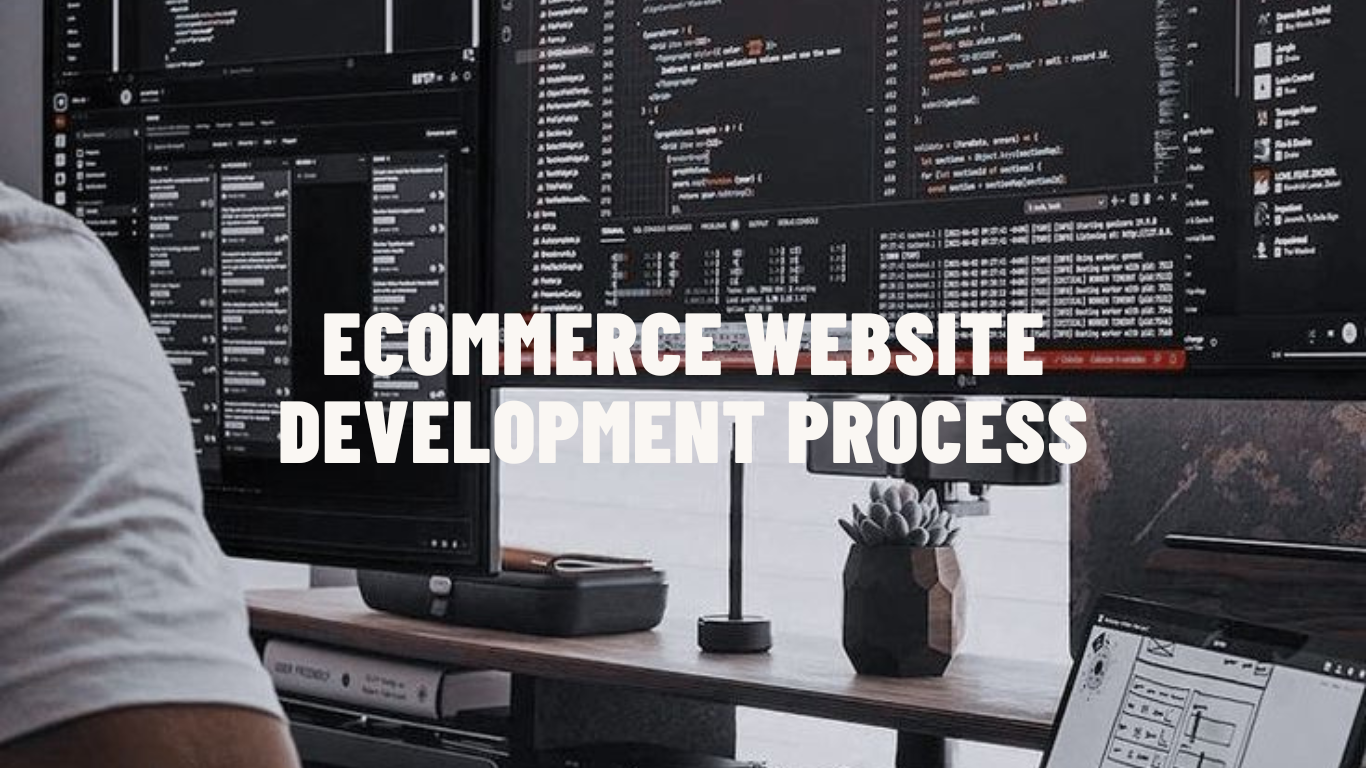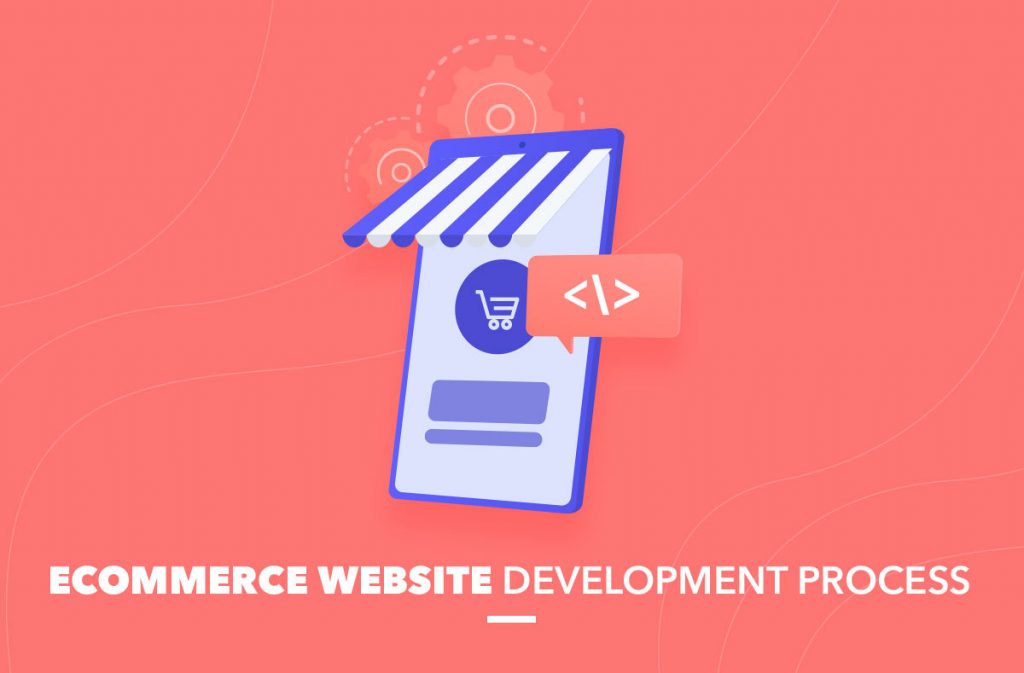
Building an online store is a complicated process. First of all, it requires understanding the market that you want to enter. Second, it requires considerable knowledge and skills in branding and marketing. Last but not least, building an online store is going to need some writing skills. Moreover, the process of building the website depends on the type of the desired online store and might include a variety of steps to follow to make the website successful.

Types of eCommerce Websites
Basically, there are three different types of online stores, namely B2B, B2C, and C2C. As far as you have already probably heard, these are also the types of businesses that are held by the business owners. There is no doubt, different business types require different online store types and approaches.
B2B Ecommerce platforms
B2B e-commerce platforms or business-to-business platforms are necessary so that the businesses can sell their products to other businesses. It is the approach that allows businesses to sell to businesses. Most often, it is large corporations that work on the international markets. The main idea of this type of online store is that the functionality of the website should ensure smooth online order transactions between businesses. The orders need to be processed digitally, and the scope of reach is huge. B2B platforms are necessary for wholesalers, manufacturers, distributors, and imply the development of high-load features and complex architecture.

B2C Online Stores
B2C online stores or business-to-customer online stores are entitled to sell products manufactured or distributed by the business to individual customers. This type includes the majority of the stores that we know and use today as regular shoppers. Business-to-customer stores might sell just anything, from food to clothes and electronic devices, such as Amazon or Walmart. B2C online stores have their own classification and their own paths to success, depending on the type of business model they chose. Practically, there are four types of business-to-customer businesses, namely direct sellers, online intermediaries, advertising-based, community-based, and fee-based, and each one requires a special approach.
Direct B2C Online Stores
Direct selling is the most common model and is used for the majority of B2C businesses. Within this business model, customers buy products from sellers online, using the online store as a shop.
Online B2C Intermediaries
Online B2C intermediaries work to bring customers and manufacturers/sellers together. B2C intermediaries take a percentage of every transaction made, and manufacturers/sellers and customers use the online store as a platform to create their spaces and find each other.
Community-Based B2C
Community-based B2Cs are the businesses that sell online, using social media communities, often local ones. To be successful as a community-based B2C, the website should be designed in a way to sell targeted ads to people of certain demographics and/or living in a certain location.
Advertising-Based B2C
Advertising-based B2Cs allow customers and sellers to meet each other for free, but show ads to all of them, thus earning on website traffic and unique page views.
Fee-Based B2C
Fee-based B2Cs are all the businesses we know that sell subscriptions. Specifically, these are online magazines and newspapers, all kinds of analytics and statistics, and streaming services like Netflix. The idea is to sell the information to the customers on a fixed-price time-limited basis.
Hybrid B2C
While each type of online store has its perks, some business owners decide to combine the types listed above. More often though, businesses combine brick-and-mortar stores with the online option. This creates a range of increased opportunities for both business owners and customers. For example, the customers might order the products they want online, and then pick them up in the brick-and-mortar store.
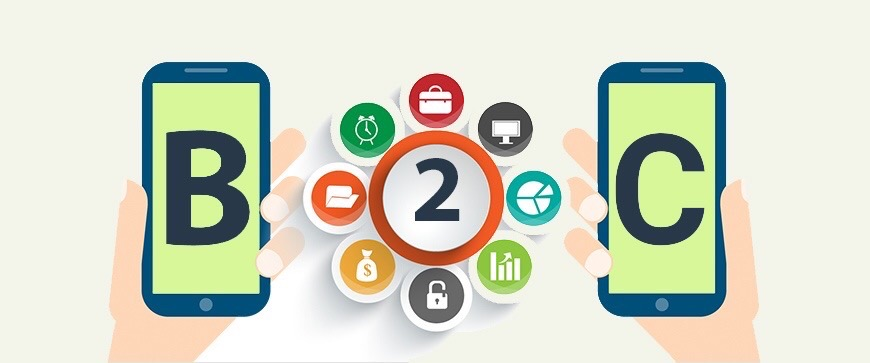
C2C Ecommerce Stores
C2C eCommerce stores or customer-to-customer stores work like eBay. Thus, C2C businesses work like third-party stores that allow individuals to sell to individuals. This empowers people producing handcraft things or arts, or anything else they manufacture or just want to sell, to sell to other individuals, thus facilitating the development of the microbusinesses.
Evidently, each type of online store requires an individual approach and a significant amount of time and effort spent. At this point, it is better to get professional highly-qualified help to get the online store done quickly and with high quality. However, to contact for professional help, there is a need to be able to estimate your own budget, thinking about the amount you are able and willing to invest in the website development.

Website Development Cost
As far as already mentioned above, developing an online store is an investment that requires considerable money and significant time. Of course, the size of the investment depends on the scope of the online store. The bigger the scope, the higher the price. However, it is not that simple either. Even for a large online store, you might use a pre-built solution that is going to work as SaaS. However, if you want to get something specific and individually made, you will want to hire a developer or a team of developers.

Therefore, the most expensive part of building an online store is to create a customized part o the store. While unique design and custom architecture are important for high-load systems that are running behind the large-scope online stores, developing those is a costly and long process. Though basically, there are several key features that determine the cost of e-commerce website developmentThey are a number of products, the eCommerce platform used, website design preferences, and web hosting plans.
Number of Products in the Online Store
The number of products in the online store determines the complexity of the architecture that is necessary for the store. The fewer the products you are going to sell, the simpler the architecture is going to be. When you have thousands of items to sell, you are going to need mega menus, pagination, filtering, faceted search, category pages, and other necessary technically complicated architectural things. Of course, this has an impact on the price of the website development.
eCommerce Platform Used
eCommerce platform chosen for the development of the website is an important part of the price tag as well. When you’re choosing the eCommerce platform with a complicated design and a variety of features, the licensing fees are going to be higher. Interestingly, eCommerce platforms working as SaaS are going to be generally cheaper but they usually have limited options for customization.

Website Design Preferences
The majority of eCommerce platforms have a set of themes to use so that the customers do not have to build their own designs and might use the design they have out of the box. Such themes are usually easy to implement and cheap to use. However, the need to stand out and be different from the competitors is a must to attract thousands of customers. Moreover, the themes applied out of the box might not be working well from the point of view of the loading speed of pages. There is always a need to customize the design so that the website works well and looks good.
Custom Features and Programming
Most eCommerce platforms offer basic menus and basic structures, with the idea that you are going to purchase website extensions and additional modules if you need to make your online store more complex. Most often, it is a must for the stores with large inventory. However, if your online store is going to sell a limited list of products, you might be able to avoid buying extensions and thus reduce the costs.
Web Hosting Plans
Traditionally, the price tag for hosting for the online store is nearly $20 – $40 per month, but there is a need to make sure about the limitations of the plan when it comes to storage, traffic, and transactions. For small businesses, 20-dollar hosting is a great solution because you don’t have to pay a lot and still have all the basic features of the store. However, larger businesses require much higher security and a more complicated workflow, which means the ability to maintain high loads, a lot of traffic, and decent security. Of course, the price is going to be a hundred times higher too, ranging between $1,000 and $2,000 per month.
Main eCommerce Development Steps
When creating the online store, you are going to get through a series of steps, each one requiring certain knowledge and preparation. At the same time, these steps are very important when it comes to investing in building your online store. Of course, you might think about professional assistance here, but even if you need one (you probably do), there is still a need to understand the process of online store development so that you can be on the same page with your development team.
Choose a Domain Name
When you are thinking about creating your online store, consider a name for it early, so that you can use the domain name you like. Ideally, a domain name is chosen and bought even before the business is developing and getting noticed. Anyway, customers usually remember their shop by the domain, so choosing a memorable one is a great move to get more customers.
Select an eCommerce Platform to Use
There is plenty of eCommerce platforms to choose from. However, choosing one is an important decision for the online business. The selection of the eCommerce platform comes with opportunities for scaling business, built-in features, and a lot of pros and cons for each platform. Most often, online retailers choose Magento or Shopify, and SOFTLOFT is ready to help with any of them.
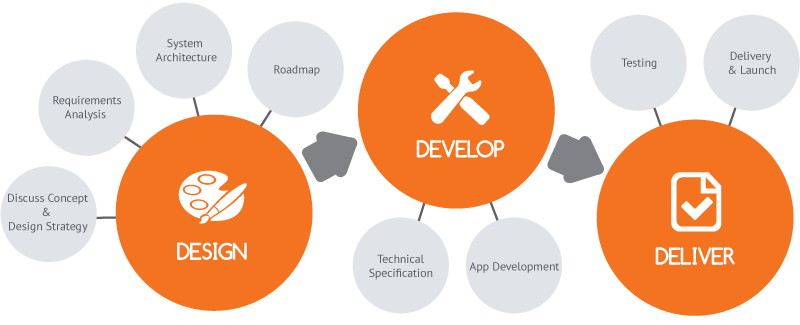
Customer Base
The work with your prospective customer base includes the expected traffic and the expected number of shoppers as well as the prospective number of customers you plan to reach. Developing a small online shop is going to be cheaper and quicker than the retail online store. Therefore, think closely about your goals before building a website.
Web Hosting and SSL Certificate
Buying these is a must to start online development, so just think about the desired scope of your store. The decisions on your target audience, the number of inventory, and desired traffic are going to impact the hosting solutions. Though, SSL is still a must regardless of the size of the online store. Practically, an SSL certificate is a must to be noticed on the Internet. Without buying one, the website is not going to be ranked high in Google and will be vulnerable to hackers’ attacks. While there is a range of SSL certificates to choose from, aim to get the one that favors Google search position and safety of data.
eCommerce User Experience (UX) Design
UX design is a combination of being beautiful, convenient, and user-friendly. Developing UX for the eCommerce website is crucial to ensure successful purchases. It is UX that sets the roadmap for users and allows for quick and easy checkout. It is also UX that determines how menus look and how simple it is to find a necessary item in the catalog. With UX, you can get more customers than you could ever imagine, but it needs work. SOFTLOFT has already got successful experience with creating an online presence for such giants as H&M, Mothercare, and others, and we can help you to rise to the international level too.
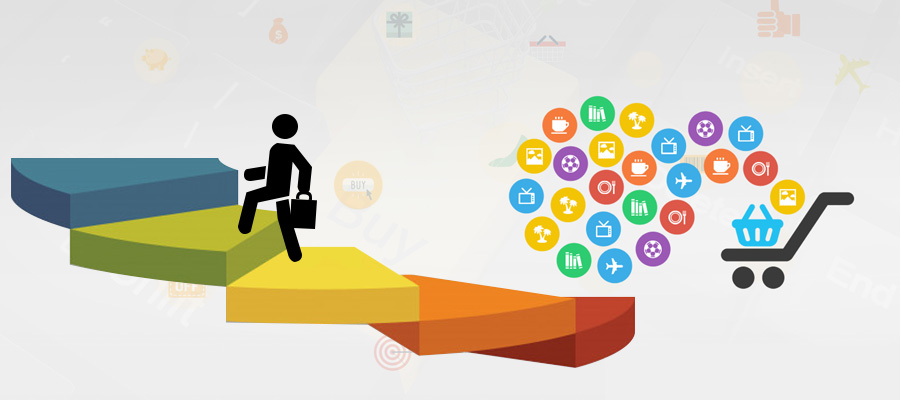
Conclusion
Developing a successful online store is a significant investment and requires a bunch of skills and knowledge to make it shine. Most often, the successful development of the online store requires significant experience in website building, which can be offered by professionals. For example, SOFTLOFT has developed online stores for such giants as Victoria’s Secret, Murad, Miller Harris, Bendon Lingerie, and many more. You are welcome to learn more about our expertise in developing online stores for a variety of businesses of all scopes at our wesbite. Interested? Just contact us for a quote.
